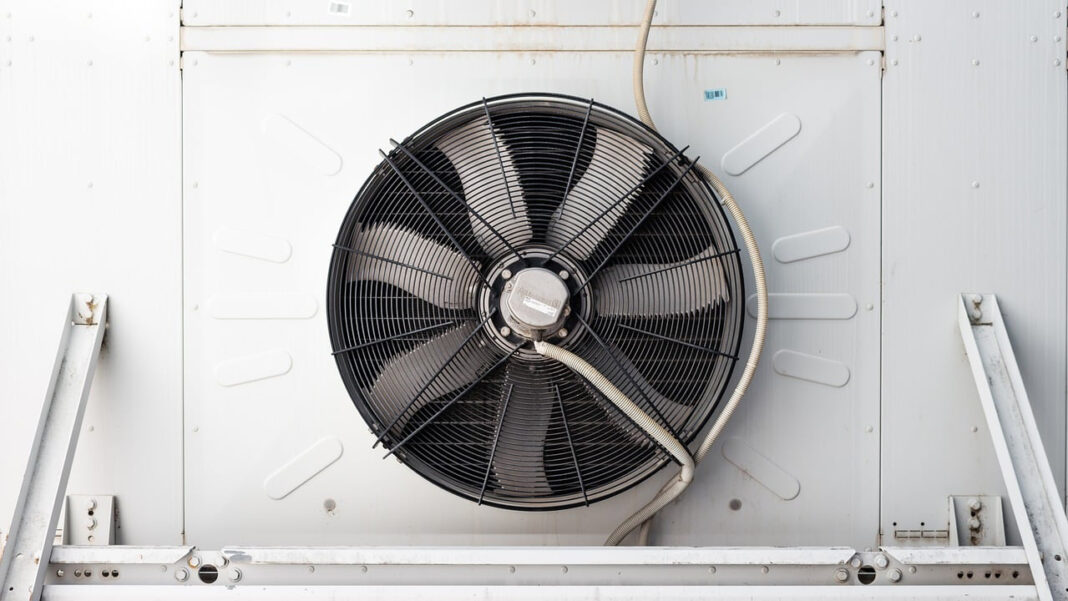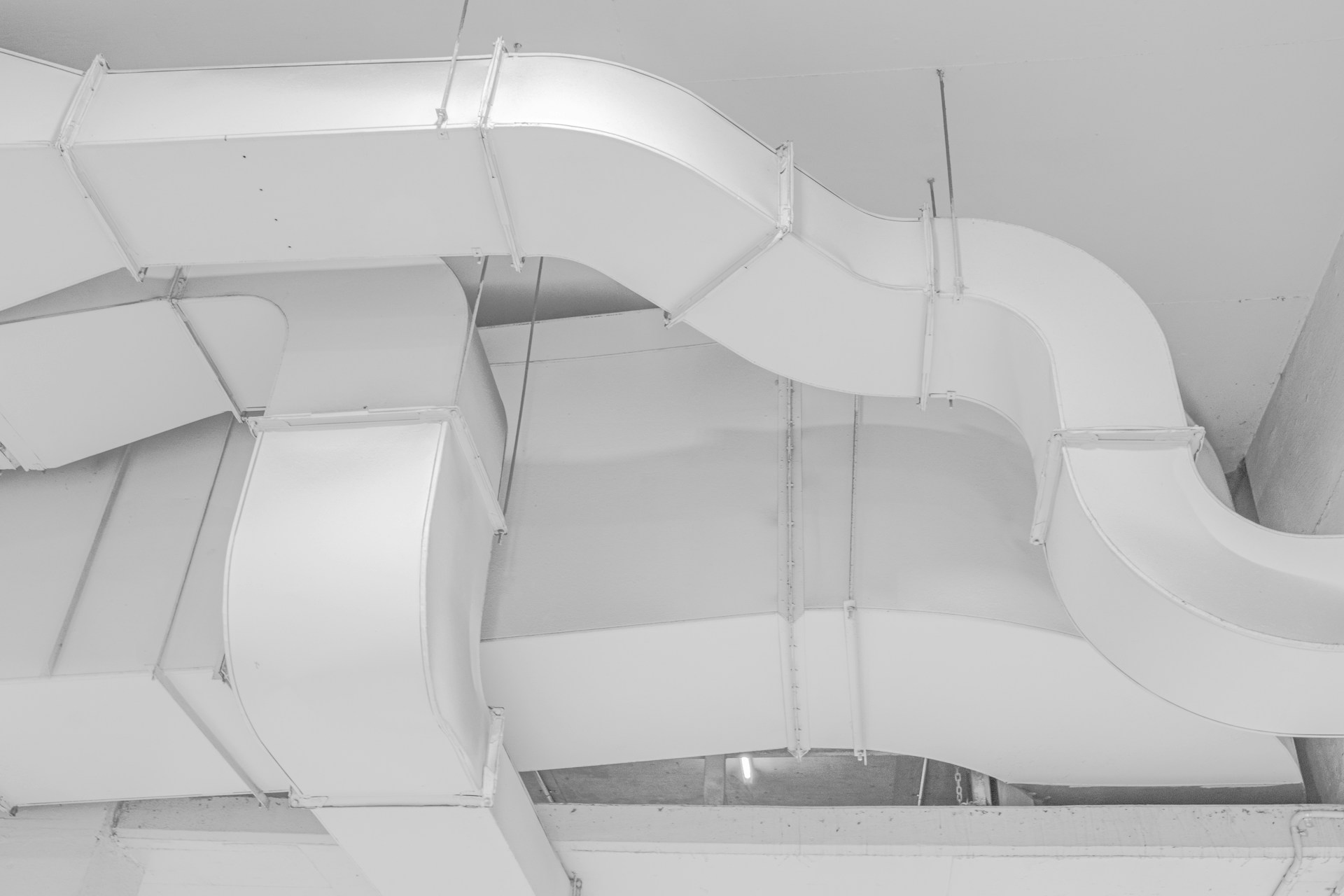Proper ventilation is crucial for maintaining a healthy and comfortable indoor environment. Energy-efficient ventilation solutions can save you money on energy bills while ensuring good air quality in your home. Here’s what you need to know to make informed choices.
Proper Installation and Maintenance
For any ventilation system to be truly energy-efficient, proper installation and regular maintenance are essential. Poor installation can lead to air leaks and reduced efficiency. For proper installation and maintenance, Aeon Energy can provide expert services to ensure your ventilation system operates at peak efficiency. Regular maintenance ensures that filters are clean, components are working correctly, and the system remains efficient over time.
Understanding Energy-Efficient Ventilation
Energy-efficient ventilation systems are designed to reduce energy consumption while maintaining optimal air quality. They work by controlling the airflow and minimizing the loss of conditioned air. This means you get fresh air without significantly impacting your heating or cooling costs.
Types of Energy-Efficient Ventilation Systems
There are several types of energy-efficient ventilation systems to consider. Heat Recovery Ventilators (HRVs) and Energy Recovery Ventilators (ERVs) are popular choices. HRVs capture heat from outgoing stale air to warm incoming fresh air. ERVs go a step further by also managing humidity levels, making them ideal for various climates.
- Heat Recovery Ventilators (HRVs): HRVs are designed to capture heat from outgoing stale air and transfer it to incoming fresh air. This process significantly reduces the energy required to heat your home, especially in colder climates. By preheating the fresh air, HRVs maintain a comfortable indoor temperature while ensuring a steady supply of fresh air.
- Energy Recovery Ventilators (ERVs): ERVs offer the same benefits as HRVs but go a step further by managing humidity levels. They transfer both heat and moisture between incoming and outgoing air, which is particularly beneficial in areas with extreme humidity. This dual function helps maintain a balanced indoor climate, preventing issues like mold growth and excess dryness.
- Demand-Controlled Ventilation (DCV): DCV systems adjust ventilation rates based on occupancy and air quality levels. Using sensors, they detect when more ventilation is needed and when it can be reduced, optimizing energy use. This ensures that ventilation is provided only when necessary, reducing energy waste and improving overall efficiency.
- Natural Ventilation Systems: These systems utilize natural forces like wind and buoyancy to circulate air through your home. By strategically placing vents and windows, you can create a natural airflow that reduces the need for mechanical ventilation. While not suitable for all climates, natural ventilation can be an effective and energy-efficient solution in temperate regions.
Benefits of Heat and Energy Recovery Ventilators
HRVs and ERVs not only improve indoor air quality but also enhance energy efficiency. By recovering heat and moisture, these systems reduce the load on your heating and cooling systems. This results in lower energy bills and a more comfortable living environment, free from drafts and excess humidity.
Smart Ventilation Controls
Modern ventilation systems come with smart controls that allow you to monitor and adjust settings remotely. These controls can optimize ventilation based on your schedule and occupancy levels, ensuring you only use energy when necessary. Investing in smart controls can significantly enhance the efficiency of your ventilation system.
Remote Monitoring and Adjustment
Smart ventilation controls allow you to monitor and adjust your system from anywhere using your smartphone or computer. This feature is especially useful if you have a fluctuating schedule, as you can ensure your home is well-ventilated without wasting energy. By remotely controlling your ventilation system, you can also quickly address any issues that arise, ensuring continuous optimal performance.
Energy Optimization
These controls optimize energy use by adjusting ventilation based on real-time data such as occupancy, indoor air quality, and outdoor weather conditions. For example, they can reduce ventilation during unoccupied periods or increase airflow when indoor air quality sensors detect pollutants. This dynamic adjustment helps maintain a comfortable and healthy indoor environment while minimizing energy waste.
Integration with Other Smart Home Systems
Smart ventilation controls can be integrated with other smart home systems, such as heating, cooling, and lighting. This integration allows for a more cohesive and efficient home environment, as all systems can work together to optimize energy use. For instance, the ventilation system can coordinate with your HVAC system to balance air exchange and temperature control, further enhancing energy efficiency.
Financial Incentives and Rebates
Many regions offer financial incentives and rebates for installing energy-efficient ventilation systems. These programs can help offset the initial cost, making it more affordable to upgrade your home’s ventilation. Check with local energy providers and government programs to see what options are available to you.
Energy-efficient ventilation solutions are a smart investment for your home. They improve indoor air quality, enhance comfort, and reduce energy costs. By understanding the types of systems available, their benefits, and the importance of proper installation and maintenance, you can make informed decisions that will benefit both your wallet and the environment. Take advantage of available incentives to make the transition to energy-efficient ventilation even more cost-effective.






